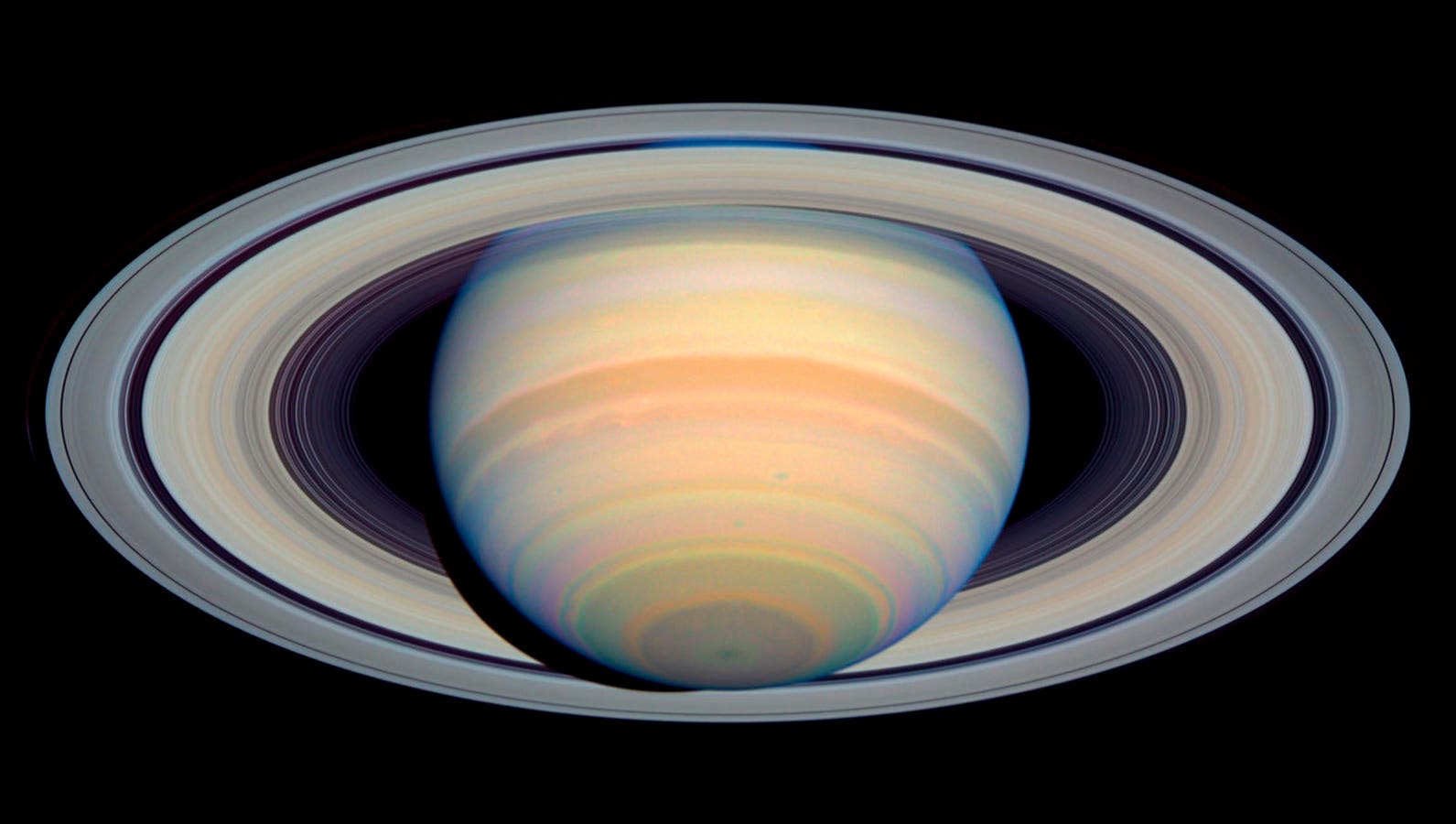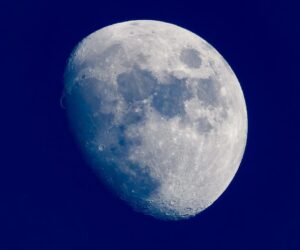Saturn as seen by the Hubble Space Telescope. AFP PHOTO/NASA (Photo by – / NASA / AFP) (Photo by -/NASA/AFP via Getty Images)
NASA/AFP via Getty Images
When is the best time to look at a planet? On Sunday, Sept. 21, Saturn will reach its annual opposition. Although it’s been visible in the night sky for some months, opposition is when Saturn, Earth and the sun are aligned, with Earth in the middle. Cue the best possible views of the sixth planet from the sun.
Here’s everything you need to know about the opposition of Saturn in 2025.
What Is Saturn At Opposition?
Saturn orbits the sun every 29.4 years, and it comes to opposition every 378 days as Earth undertakes it on its far shorter orbit of the sun. Saturn is now in the Pisces constellation. Its next opposition will occur on Oct. 4, 2025, when it will be in the Cetus constellation, having traveled another 29th of its orbital path around the sun.
Saturn’s annual opposition is a glorious moment for anyone with any telescope. That’s because not only is opposition when we see a “full” Saturn — when 100% of its disk is illuminated from our point of view on Earth — but it’s also when Saturn is closest to Earth. On Sept. 21, Saturn will be roughly 814 million miles from Earth. That’s as close as it gets.
Where To Find Saturn In The Night Sky
During its opposition, Saturn rises in the east at sunset, stays in the southern sky all night and sets in the west at sunrise. That makes it really easy to find.
Although it’s at opposition on Sept. 21, practically speaking, you can get the year’s best views of the “ringed planet” for a few weeks on either side.
What You’ll See During Saturn’s Opposition
The chance to see Saturn’s rings is why a lot of people buy their first telescope. Even a basic and small telescope, such as a 2-inch refractor, can get you a glimpse of the rings. However, you’ll only see real detail in them in a 5-inch refractor, with the best telescopes for observing Saturn being Maksutov-Cassegrain and Schmidt-Cassegrain telescopes, according to telescope maker Celestron.
Although Saturn is at its best in 2025 on Sept. 21, its rings are not. Saturn rotates on an axis tilted by 27 degrees, much as Earth does, so every 14-and-a-half years — half of its 29-year orbit — the planet’s tilt aligns the rings with the line of sight from Earth. As a consequence, we see Saturn’s rings edge-on. That is what is happening this year, though views will now improve through 2032, with the rings opening up.
As a bonus for anyone using a telescope to observe Saturn this weekend, the eighth planet, Neptune, comes to its annual opposition on Sept. 23, so it is also ideally placed.
What’s Next In The Night Sky
Just a day after Saturn reaches opposition, on Sept. 22, is the southward equinox — equal day, equal night. Few realize that the equinox marks peak season for the Northern Lights. Thanks to the Russell-McPherron effect — when Earth’s and the sun’s magnetic fields connect most efficiently — geomagnetic storms tend to intensify around this time, producing an uptick in auroras. Although only visible from New Zealand, Antarctica and the western South Pacific, there’s a partial solar eclipse on Sept. 21-22, 2025. Straddling the date line, it will see up to 86% of the sun’s disk obscured by the moon, producing a striking crescent-shaped sunrise.
All of this is part of a busy night sky in September. Best seen an hour before sunrise all month, a rare five-planet parade sees Venus blazing low in the east, followed by brilliant Jupiter and Saturn, which are also visible to the naked eye.
Wishing you clear skies and wide eyes.









